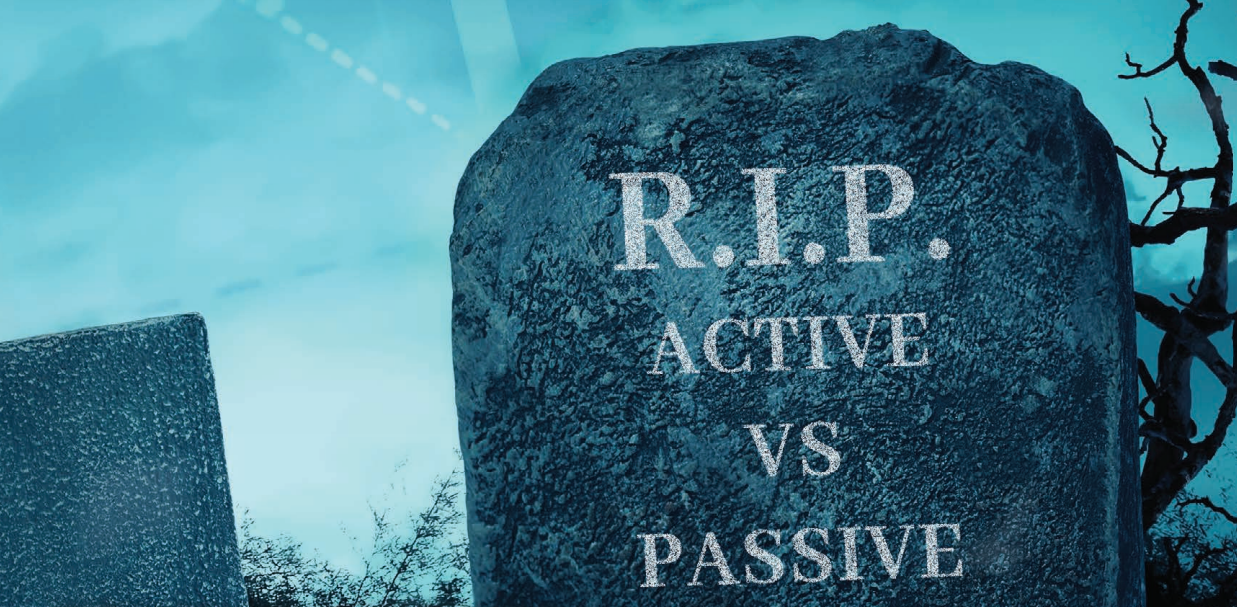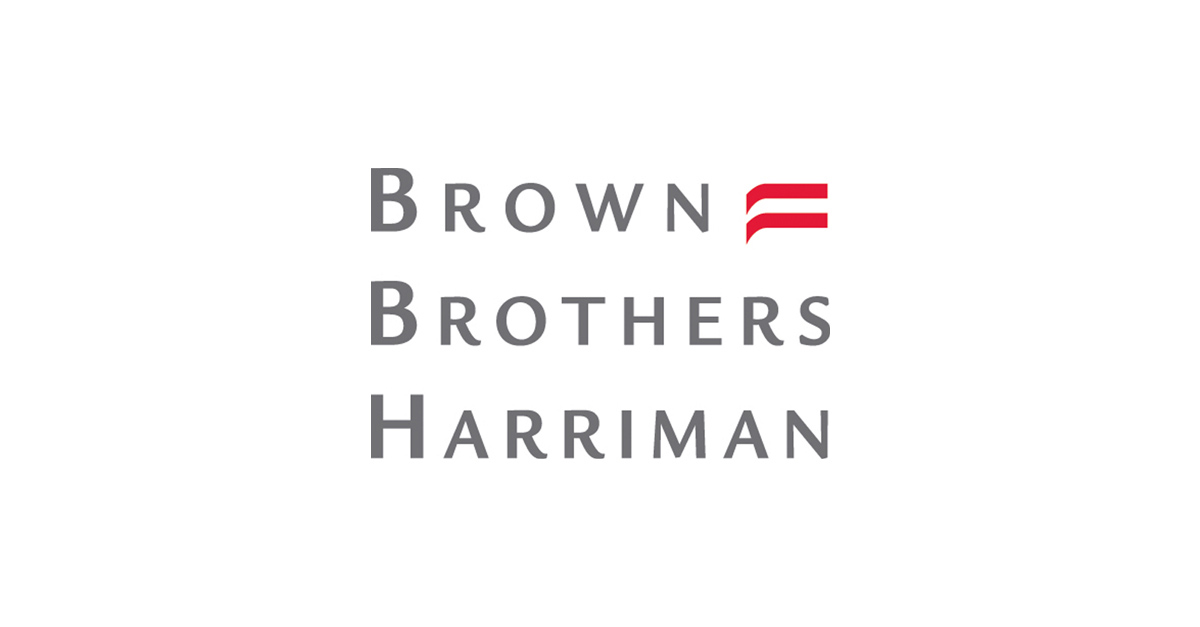The active versus passive argument has been polarising investors since the late Jack Bogle launched the first tracker funds in the mid-1970s, with many competitors describing “Bogle’s folly” as “un-American”.
But nearly 50 years later, there are signs the tiresome debate is dead, with investors increasingly tuned into the benefits that both active ETFs and passive funds can play in their core portfolios.
Whether they are seeking to capture ‘alpha’ in areas of the market with wide performance dispersion, a more ‘hands-on’ approach to ESG or simply feel more comfortable with a management team overseeing the fund’s investments in difficult-to-navigate markets, the active ETFs lower comparable fees to active mutual funds is certainly peaking investor interests.
A recent global survey by Brown Brothers Harriman (BBH) found that 33% of investors in Europe who purchased an active ETF in the past 12 months had rotated out of active mutual funds, with a further 42% allocating out of index funds...
This article first appeared in ETF Insider, ETF Stream's monthly ETF magazine for professional investors in Europe. To read the full article, click here.






